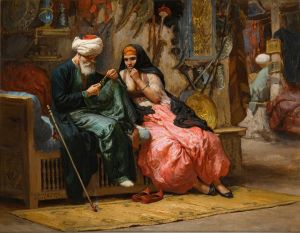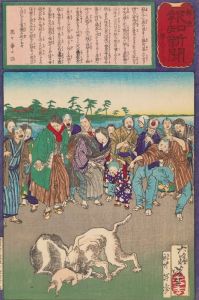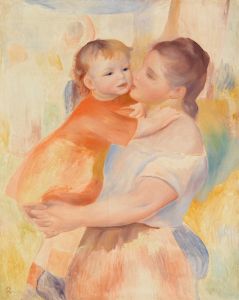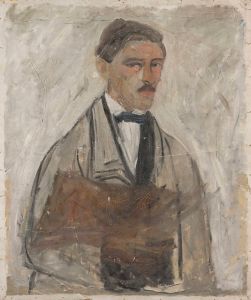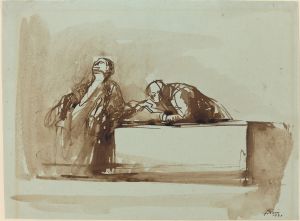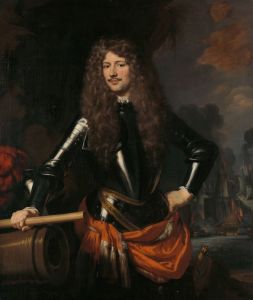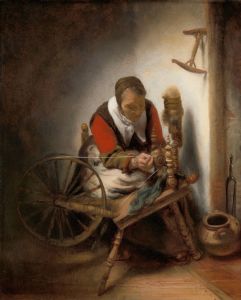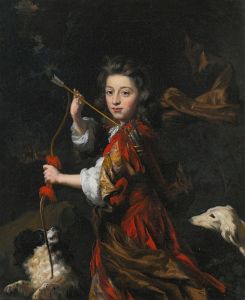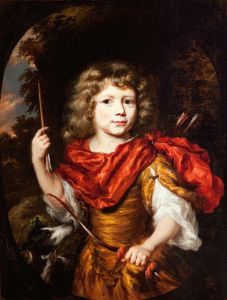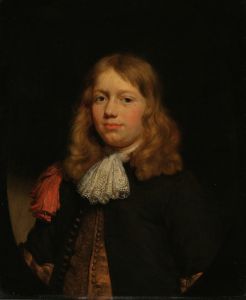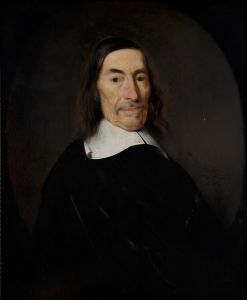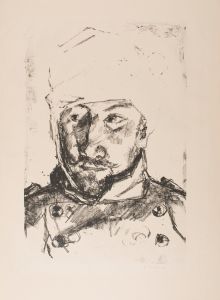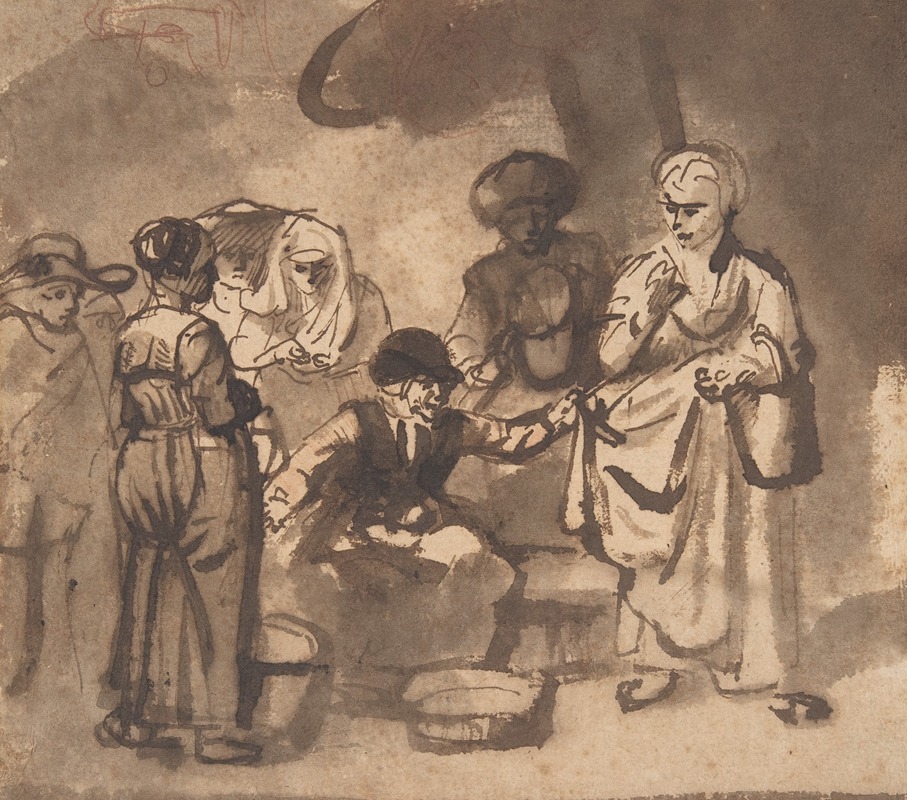
The Scolding Fishwife
A hand-painted replica of Nicolaes Maes’s masterpiece The Scolding Fishwife, meticulously crafted by professional artists to capture the true essence of the original. Each piece is created with museum-quality canvas and rare mineral pigments, carefully painted by experienced artists with delicate brushstrokes and rich, layered colors to perfectly recreate the texture of the original artwork. Unlike machine-printed reproductions, this hand-painted version brings the painting to life, infused with the artist’s emotions and skill in every stroke. Whether for personal collection or home decoration, it instantly elevates the artistic atmosphere of any space.
Nicolaes Maes was a Dutch painter known for his genre scenes and portraits during the Dutch Golden Age. One of his notable works is "The Scolding Fishwife," which exemplifies his skill in capturing everyday life with a keen eye for detail and character. This painting is a fine example of Maes's genre scenes, which often depicted domestic life and the daily activities of the middle and lower classes in 17th-century Netherlands.
"The Scolding Fishwife" portrays a scene that was common in Maes's time, focusing on a fishwife, a woman who sells fish, engaged in a moment of animated conversation or reprimand. The painting is celebrated for its vivid depiction of the fishwife's expressive face and gestures, which convey a sense of narrative and emotion. Maes's ability to capture such moments with authenticity and liveliness is a hallmark of his work.
Nicolaes Maes was born in 1634 in Dordrecht, a city in the Netherlands. He initially trained under a local painter before moving to Amsterdam, where he became a pupil of Rembrandt van Rijn, one of the most influential artists of the time. Under Rembrandt's tutelage, Maes developed his skills in chiaroscuro, the use of strong contrasts between light and dark, which is evident in many of his works, including "The Scolding Fishwife."
In this painting, Maes employs a warm color palette and soft lighting to create a realistic and inviting atmosphere. The use of light and shadow not only highlights the central figure of the fishwife but also adds depth to the scene, drawing the viewer's attention to the details of her clothing and the surrounding environment. The background is typically understated, focusing the viewer's attention on the interaction and the character of the fishwife.
Maes's genre paintings, including "The Scolding Fishwife," are notable for their narrative quality. They often suggest a story or a moment in time, inviting viewers to imagine the circumstances and conversations taking place. This storytelling aspect, combined with his technical skill, made Maes one of the prominent genre painters of his era.
Throughout his career, Maes's style evolved, and he became increasingly known for his portrait work. However, his early genre scenes, such as "The Scolding Fishwife," remain significant for their insight into the social and domestic life of the 17th century. These works provide a window into the past, capturing the essence of daily life with humor, empathy, and a keen observational eye.
Today, Nicolaes Maes's works are held in various collections around the world, appreciated for their historical value and artistic merit. "The Scolding Fishwife" continues to be studied and admired for its depiction of character and its contribution to the genre painting tradition of the Dutch Golden Age.






